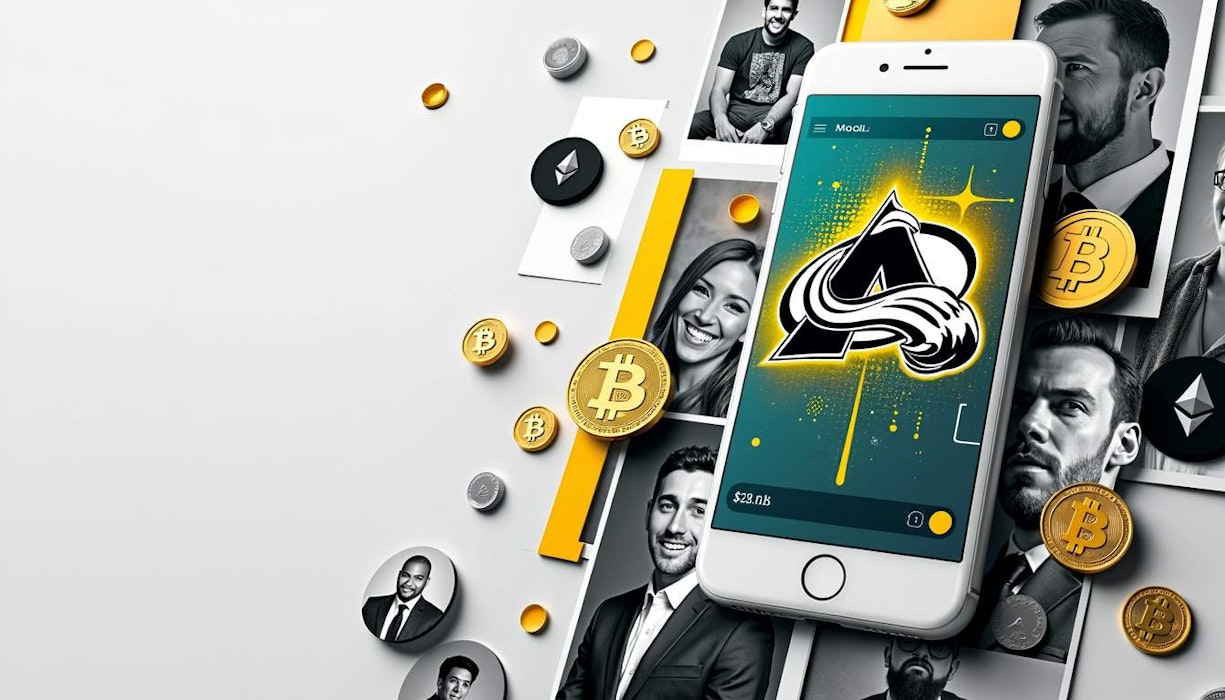The Avalanche Foundation has just dropped some serious news with their $40 million retroactive grants program, dubbed "Retro9000." This initiative is all about making it easier to develop layer-1 blockchains. Basically, they're handing out cash to developers who are brave enough to test and launch on their testnet. This might be one of the biggest upgrades since they launched the mainnet.
Community Voting: The Heart of Grant Distribution
What’s interesting is how they’re distributing these grants. It’s all about community voting, folks. And yes, it’s as transparent as a blockchain can get. Every vote and transaction is recorded on-chain, so you know exactly where the money's going and who decided that.
They’re using something called quadratic voting too, which is pretty cool. It balances things out so no single whale can just steamroll the vote. Your voting power actually gets adjusted based on how much you stake—think of it like a fairer version of democracy where smaller contributors still have a voice.
And because everything's on blockchain, there’s less chance of 'dark money' influencing decisions. You can see all campaign contributions and grant allocations in plain sight.
Technical Upgrades: What You Need to Know
Now let’s talk tech because Avalanche9000 isn’t just a catchy name; it comes with some serious upgrades. One biggie is the Avalanche Consensus Protocol (ACP-77), designed to improve scalability and make it easier for projects to communicate.
Here are some highlights:
- Etna Upgrade: This one’s technical but basically improves network performance.
- New Nomenclature: They’re simplifying how devs interact with the network.
- Incentives for Everyone: There are goodies in place to boost both devs and community engagement.
- Core Browser Hub: Think of this as your one-stop shop if you’re building on Avalanche.
But perhaps the most exciting feature? Avalanche Interchain Messaging (ICM). This allows different L1 blockchains built on Avalanche to talk to each other, opening up new avenues for liquidity and resource sharing.
The Bigger Picture: Retroactive Grants & Community Engagement
So why retroactive grants? Well, they’re smartly incentivizing those who’ve already put in work on their platform. By rewarding past contributions, they’re hoping to encourage even more innovation.
And let’s not forget about community engagement! By letting people vote on projects using blockchain-based systems, they’re increasing participation in decision-making processes. Plus, these systems can be tailored for specific communities or behaviors—like giving voting rights only to those holding certain NFTs or exhibiting particular on-chain activities.
Summary: Is It All Sunshine?
So here we are at the crossroads of innovation and skepticism. On one hand, Retro9000 could be a game changer in making development more accessible and encouraging community involvement. On the other hand… well, we’ve seen initiatives before that didn’t quite hit their mark.
As for me? I’m cautiously optimistic but keeping my eyes peeled for any red flags down the road.
